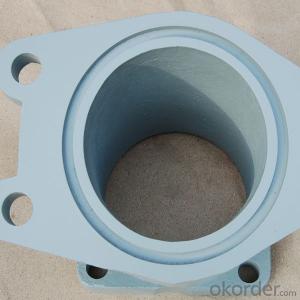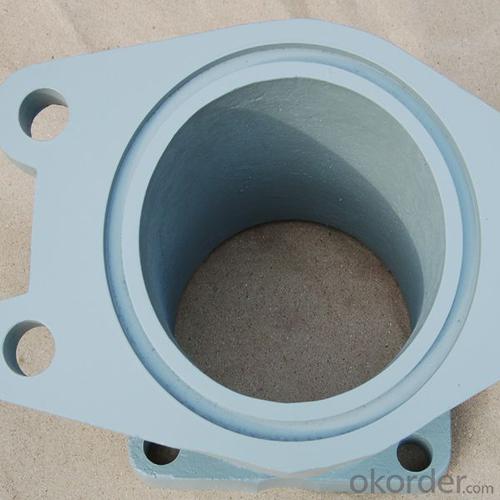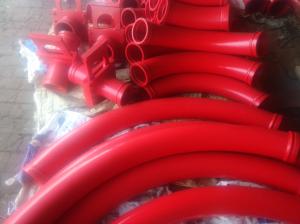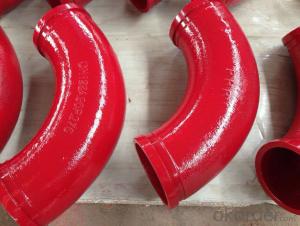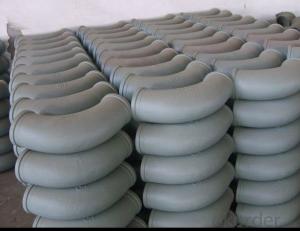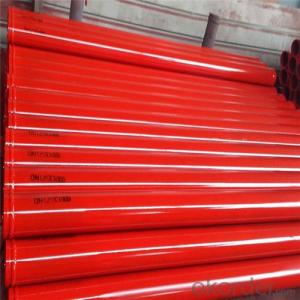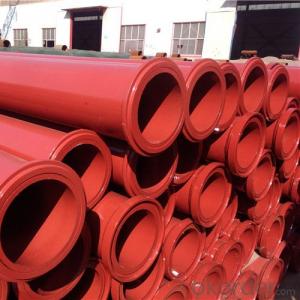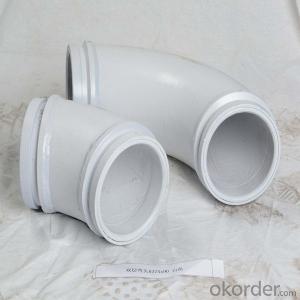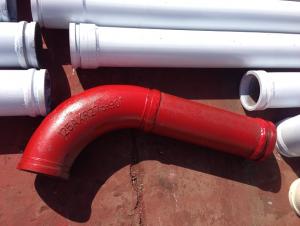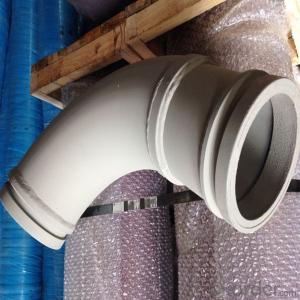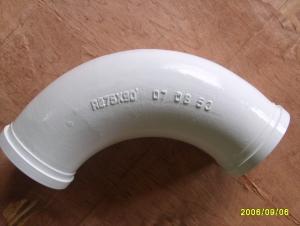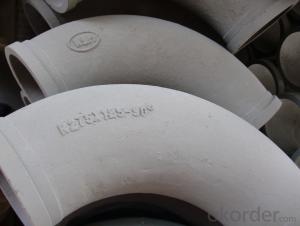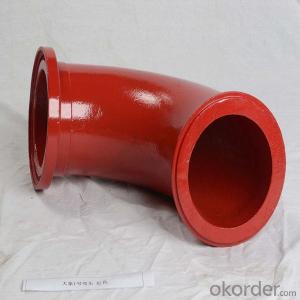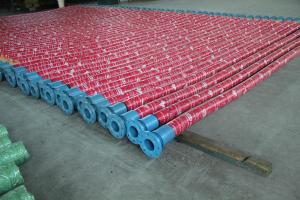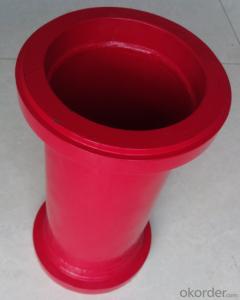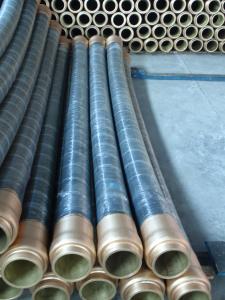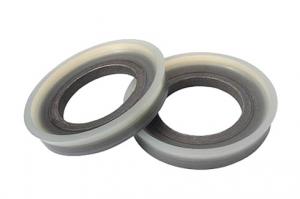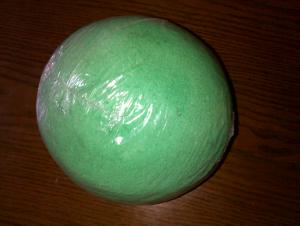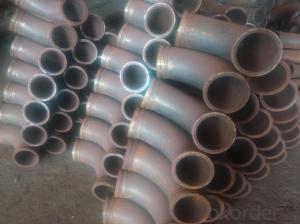Concrete Pumps Spare Parts SCHWING Square Flange Elbow
- Loading Port:
- Tianjin
- Payment Terms:
- TT OR LC
- Min Order Qty:
- 10 pc
- Supply Capability:
- 100000 pc/month
OKorder Service Pledge
OKorder Financial Service
You Might Also Like
Product Description:
The Concrete Pumps Spare Parts SCHWING Square Flange Elbow normally made by special MN13-4, to make sure the quanlity of elbows according to customer’s requests we usually keep the content of MN strictly over 15%, it will have a longer life as well, package will be in plywood box or cartons and put into container. 60 pcs elbows be puted into one plywood box.
Scope of Application of the Goods
The Concrete Pumps Spare Parts SCHWING Square Flange Elbow is a concrete pumps parts for combined use with other concrete parts in for concrete pumps and truck pumps. It can be widely used in the construction of various types of concrete structures like industrial and civil buildings, bridges, roads, and other types of infrastructure.
This seals can be used only on truck pumps, but not in any other operations.
Product Advantages:
OKorder's Concrete Pumps Spare Parts SCHWING Square Flange Elbow Channels are durable, strong, and safety.
Main Product Features:
· Premium quality
· Prompt delivery & seaworthy packing (5-10 days)
Reliable performance
Easy to weld
High safety.
· Professional Service
· Competitive pricing
Measuring of wall thickness from the outside
Low purchase cost
Specifications:
SCHWING Square Flange Elbow 14DEG,Casting
Capacity Life: 30,000 cbm
FAQ:
Q1: How long about delivery time Concrete Pumps Spare Parts SCHWING Square Flange Elbow?
A1: Normally we keep the raw materials for old customers and sometime we also keep stock products to make sure delivery time in any emergency cases.
Q2: How do we guarantee the quality of our Concrete Pumps Spare Parts SCHWING Square Flange Elbow?
A2: We have established an advanced quality management system which conducts strict quality tests at every step, from raw materials to the final product. At the same time, we provide extensive follow-up service assurances as required.
Q3: How soon can we receive the product after purchase?
A3: Within three days of placing an order, we will book the vessel for goods. The specific shipping date is dependent upon international and government factors, but is typically 7 to 30 workdays.
Q4: If we can produce some goods according to customers request?
A4: Yes, we can produce SCHWING Square Flange Elbow according to the difference country situations to make it suitable to the market and customers. We have very professional technical team to make the design for porduction of seals.
Q5: How to make a quick resolution for after service?
A5: OKorder and our manufacture both have overseas branches all-around of world.
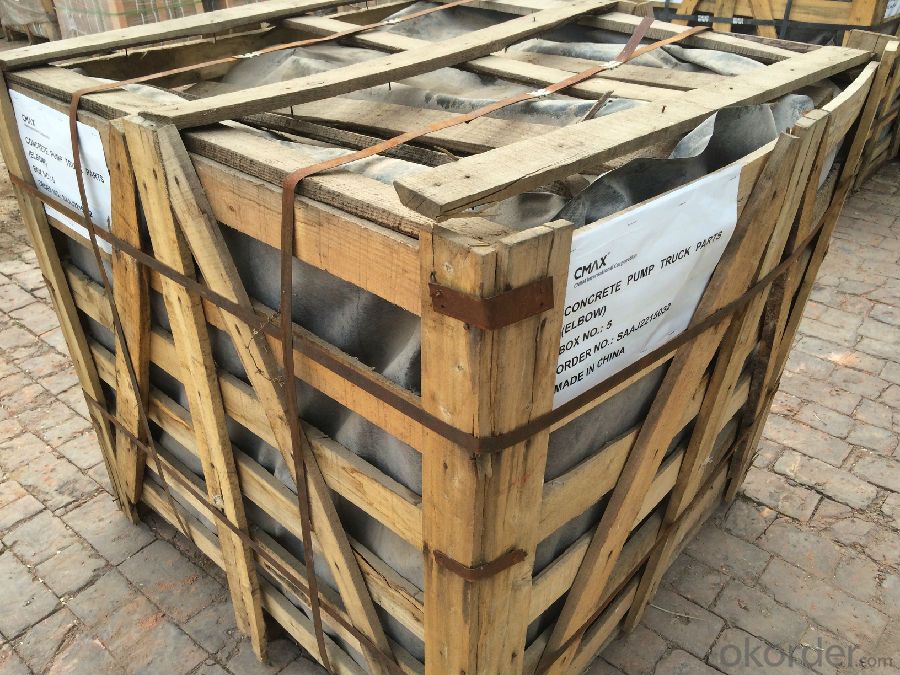
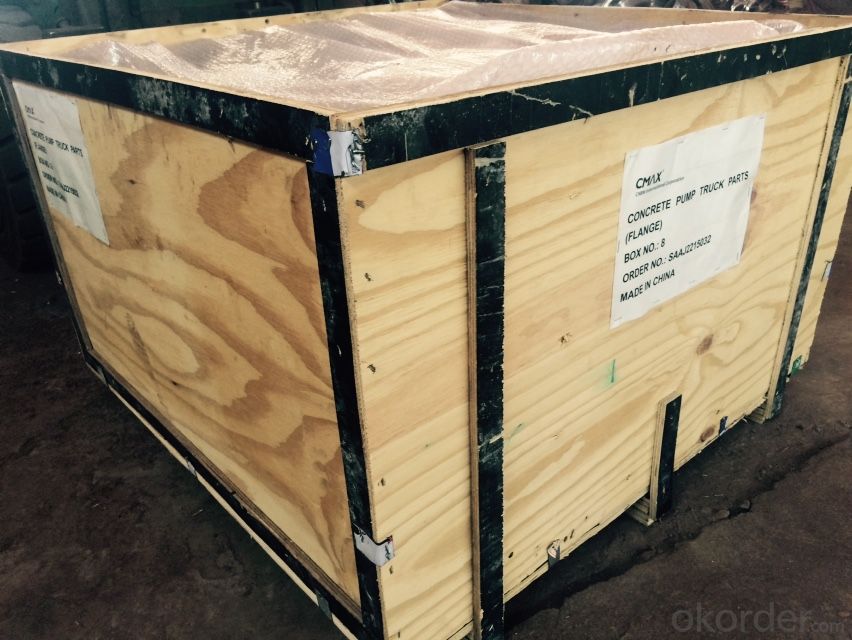
- Q: What is the difference between concrete pump and ground pump?
- Ground pump only conveying function, the price is cheaper, and now are used to transport mixing machine, the ground pump is a bit uneconomical
- Q: What are the signs of a malfunctioning lubrication system?
- There are several signs that can indicate a malfunctioning lubrication system. Firstly, if you notice any unusual noises coming from the engine, such as grinding or squealing, it could be a sign that the lubrication system is not properly lubricating the moving parts. Additionally, if you start to experience a decrease in engine performance or a loss of power, it could be due to insufficient lubrication. Another common sign is the presence of oil leaks, which can indicate a problem with the lubrication system seals or gaskets. If you notice a burning smell or smoke coming from the engine, it could be a sign of oil leaking onto hot engine components. Finally, monitoring the oil pressure gauge is essential, as a malfunctioning lubrication system can result in low oil pressure, which can lead to engine damage if not addressed promptly. Overall, it is important to pay attention to these signs and address any potential issues with the lubrication system to ensure the proper functioning and longevity of your engine.
- Q: Are there any specific guidelines for the installation of pipe or hose assemblies in concrete pump spare parts?
- Yes, there are specific guidelines for the installation of pipe or hose assemblies in concrete pump spare parts. These guidelines ensure proper installation techniques are followed to ensure the assemblies are securely and correctly installed. It is important to consult the manufacturer's instructions and adhere to industry standards to ensure optimal performance and safety of the concrete pump spare parts.
- Q: What are the functions of concrete pump truck?
- According to the structure and use of divided into drag type concrete pump, truck pump and pump car, according to the power type is divided into electric concrete pump and diesel power concrete pump
- Q: What are the different types of concrete pump hydraulic pumps?
- There are several different types of hydraulic pumps that are commonly used in concrete pumps. 1. Gear pumps: Gear pumps are one of the most common types of hydraulic pumps used in concrete pumps. They consist of two meshing gears that push the hydraulic fluid from the inlet to the outlet. Gear pumps are known for their simplicity, durability, and reliability. 2. Piston pumps: Piston pumps are another popular type of hydraulic pump used in concrete pumps. They use reciprocating pistons to move the hydraulic fluid. Piston pumps are known for their high pressure capabilities and ability to handle heavy-duty applications. 3. Vane pumps: Vane pumps are often used in smaller concrete pumps or as auxiliary pumps in larger pumps. They use a series of vanes that rotate inside a housing to move the hydraulic fluid. Vane pumps are known for their compact size and efficiency. 4. Radial piston pumps: Radial piston pumps are typically used in high-pressure concrete pumps. They have multiple pistons arranged radially around a central shaft. The pistons move in and out to create the pumping action. Radial piston pumps are known for their high efficiency and power. 5. Axial piston pumps: Axial piston pumps are commonly used in large concrete pumps. They have multiple pistons arranged in a circular pattern around a central shaft. The pistons move in a linear motion to create the pumping action. Axial piston pumps are known for their high flow rates and pressure capabilities. Overall, the choice of hydraulic pump for a concrete pump depends on various factors such as the size of the pump, the desired pressure and flow rate, and the specific application requirements.
- Q: What are some common issues with concrete pump hoses and how can they be prevented?
- Concrete pump hoses can encounter various problems such as blockages, leaks, and premature wear. To avoid these issues, it is essential to adhere to proper maintenance and usage practices. 1. Blockages: Blockages can occur when concrete or debris hardens inside the hoses. Thoroughly cleaning the hoses after each use is crucial to prevent blockages. Flushing the hoses with water or using a cleaning sponge ball effectively removes any residue or build-up. Additionally, using the correct size and length of hose for the job reduces the risk of blockages. 2. Leaks: Leaks may result from wear and tear, improper connections, or hose damage. Regularly inspecting the hoses is vital to detect any signs of leakage. Any leaks detected should be promptly repaired or replaced. Properly connecting and securing the hose fittings also helps prevent leaks. 3. Premature Wear: Over time, concrete pump hoses can wear out due to factors such as abrasion, bending, and exposure to harsh chemicals. Handling the hoses with care and avoiding dragging them on rough surfaces is important to prevent premature wear. Using protective sleeves or guards provides additional protection against abrasion. Regularly inspecting the hoses for signs of wear and replacing them when necessary is essential. 4. Storage Practices: Improper storage of concrete pump hoses can cause damage and reduce their lifespan. Storing the hoses in a clean and dry environment away from direct sunlight and extreme temperatures is recommended. Properly coiling the hoses and avoiding sharp bends or kinks helps maintain their integrity. 5. Pressure Management: Exceeding the recommended pressure limits can result in hose bursts or failures. Ensuring that the concrete pump operates within the specified pressure range is crucial. Regularly inspecting the pressure gauges and monitoring the pumping process aids in preventing over-pressurization. By adhering to these preventive measures, conducting regular inspections, and performing necessary maintenance, the common issues associated with concrete pump hoses can be minimized. This, in turn, leads to improved performance and increased longevity of the hoses.
- Q: What is the purpose of a concrete pump cylinder?
- The primary aim of a concrete pump cylinder is to generate the required pressure and force for the transportation and delivery of concrete to a desired location. It serves as a vital element within a concrete pump, facilitating the smooth and productive movement of concrete throughout the pump system. The cylinder operates by utilizing hydraulic pressure to propel the concrete through the pipeline, guaranteeing a continuous and seamless flow. Its significance lies in its contribution to construction projects, enabling accurate and efficient placement of concrete in diverse settings such as buildings, bridges, and other structures. By supplying the necessary power and pressure, the concrete pump cylinder ensures effortless and labor-saving transportation of concrete over long distances, both vertically and horizontally. Ultimately, its purpose revolves around enhancing the efficiency and precision of concrete delivery, thereby saving time and effort in construction endeavors.
- Q: How to judge the concrete pipeline blockage?
- Judgment of blocking position: blockage usually occurs in bends, cones, and vibrating sections. At this point, the hammer can be beaten along the pipe, the sound is boring, blocking the place; sound crisp place is normal
- Q: How often should concrete pump S valves be inspected and replaced?
- Concrete pump S valves should be inspected regularly, ideally every 500 hours of operation or at least once a year. However, the replacement of S valves will depend on various factors such as the quality of the concrete being pumped, the frequency of use, and the overall condition of the valve. It is recommended to consult the manufacturer's guidelines and seek professional advice to determine the specific timing of S valve replacement.
- Q: How do I ensure the reliability of concrete pump spare parts in critical applications?
- To guarantee the dependability of concrete pump spare parts in crucial applications, there are various measures you can implement: 1. Select a reputable supplier: Carry out research and choose a trusted supplier renowned for supplying top-notch concrete pump spare parts. Look for suppliers with a solid track record, positive feedback from customers, and certifications that validate their commitment to quality and dependability. 2. Verify product specifications and certifications: Prior to purchasing any spare parts, carefully assess the product specifications and certifications. Ensure that the parts meet the required standards and have undergone thorough testing to ensure their reliability in crucial applications. 3. Perform regular maintenance and inspections: Establish a comprehensive maintenance and inspection schedule for your concrete pump and its spare parts. Regularly inspect for signs of wear, damage, or malfunction. Replace any parts that display signs of deterioration or no longer meet the required specifications. 4. Utilize authentic spare parts: Always opt for genuine spare parts specifically designed for your concrete pump model. Authentic parts are manufactured to the highest standards and are more likely to deliver reliable performance in crucial applications compared to generic or counterfeit alternatives. 5. Maintain an inventory of critical spare parts: Identify the most crucial spare parts that are susceptible to failure or wear and keep a stock of these parts readily available. This will minimize downtime in the event of unexpected failures and ensure the swift replacement of any faulty components. 6. Train and educate operators: Provide comprehensive training to your concrete pump operators on the proper handling and maintenance of spare parts. Educate them on the significance of adhering to manufacturer guidelines and best practices to maximize the reliability and longevity of the equipment. 7. Give priority to safety: Safety should always be a primary concern in crucial applications. Ensure that the spare parts you utilize comply with safety regulations and standards. Regularly evaluate and update safety protocols to minimize the risk of accidents or equipment failure. By following these measures, you can enhance the dependability of concrete pump spare parts in crucial applications, reducing the chances of downtime and ensuring the seamless operation of your equipment.
Send your message to us
Concrete Pumps Spare Parts SCHWING Square Flange Elbow
- Loading Port:
- Tianjin
- Payment Terms:
- TT OR LC
- Min Order Qty:
- 10 pc
- Supply Capability:
- 100000 pc/month
OKorder Service Pledge
OKorder Financial Service
Similar products
Hot products
Hot Searches
Related keywords
